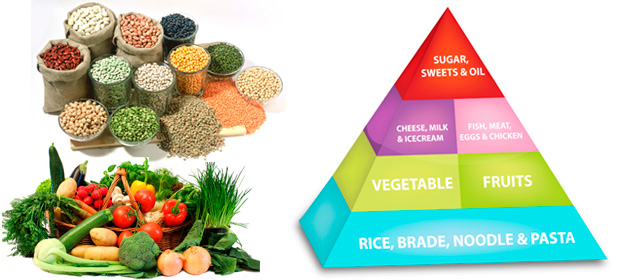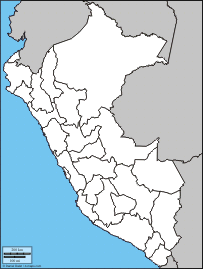Food Project

Food is necessary in all living beings, and that is why we must have a balanced incorporation of nutrients into our body, which is often referred to as Good Food, and its fulfillment is essential for the development of life and the different daily activities.
Seeds of plants are a good source of food for animals, including humans, because they contain the nutrients necessary for the plant's initial growth, including many healthful fats, such as omega fats. In fact, the majority of food consumed by human beings are seed-based foods. Edible seeds include cereals (corn, wheat, rice, et cetera), legumes (beans, peas, lentils, et cetera), and nuts. Oilseeds are often pressed to produce rich oils - sunflower, flaxseed, rapeseed (including canola oil), sesame, et cetera.
Fruits are the ripened ovaries of plants, including the seeds within. Many plants and animals have coevolved such that the fruits of the former are an attractive food source to the latter, because animals that eat the fruits may excrete the seeds some distance away. Fruits, therefore, make up a significant part of the diets of most cultures. Some botanical fruits, such as tomatoes, pumpkins, and eggplants, are eaten as vegetables.
Vegetables are a second type of plant matter that is commonly eaten as food. These include root vegetables (potatoes and carrots), bulbs (onion family), leaf vegetables (spinach and lettuce), stem vegetables (bamboo shoots and asparagus), and inflorescence vegetables (globe artichokes and broccoli and other vegetables such as cabbage or cauliflower).
Current Project
Programa de Nutrición Infantil (Child Nutrition Program).
“Programa de Nutrición Infantil” is aimed at children who are part of a public IE or a center of scarce resources, the idea of this project is to enrich the diet by adding food with more protein, carbohydrates and vitamins, essential for the Good development and attention in class.
We have as a rule to produce food of plant origin grains and vegetables totally organic, using during the production process efficient techniques with computerized ferti-irrigation systems in artificial climates assisted by computers and in the open field with robotic irrigation systems.

It consists of donations of:
1- Legumes
Peas, beans, lentils, beans and chickpeas are some of the seeds that are part of the family.
The legumes are a source of complex carbohydrates that provide energy, vegetable protein, minerals such as zinc, calcium, iron, magnesium and phosphorus, fibers and vitamins such as thiamin, riboflavin and folic acid.
They are also low in fat, and being a vegetable source does not contain cholesterol. Its high fiber content helps reduce the risk of coronary heart disease. And their contribution of calcium, contribute to bone health and reduce the risk of fractures due to osteoporosis.
They are also rich in photochemicals and antioxidants that are substances that prevent or delay the damage of cells, in addition to helping to lower the glycemic.
Its consummate allows to satiate and help to stabilize the levels of sugar and insulin in the blood, being suitable for people with diabetes and ideal for those who wish to lose weight.
2- Leaf Vegetables:
Some common plants are cabbage, spinach, turnip, etc. These vegetables leave your wealth of protein, fiber, minerals like iron and calcium in our body. We also get phytonutrients such as carotenoids, vitamin C, K and folic acid. The fat content of these vegetables is very low.
A wide variety of phytochemicals that are present in vegetable leaves protect our body cells from external aggressions. Vitamin A is responsible for maintaining the stability of any type of problems that are related to sight. The presence of vitamin K in leafy vegetables helps us in many ways. It can regulate blood clotting and keep bones healthy.

Videos
The correct child nutrition is ESSENTIAL for the intellectual and physical development of the child.
More videos on YouTube channel
Work Areas
Country: Perú.
Capital: Lima
Population: 32,824,358 Hab.
Sources: Wikipedia
Human Development Index (HDI): 82 position 187
Population below poverty line (living on less than 1.25 USD): 4.9%
Adult literacy rate: 89.6%
permanence rate to the last grade of primary: 81.5%
Literate women for every 100 men: 89.2
Sources: PNUD 2014 / Unicef

